
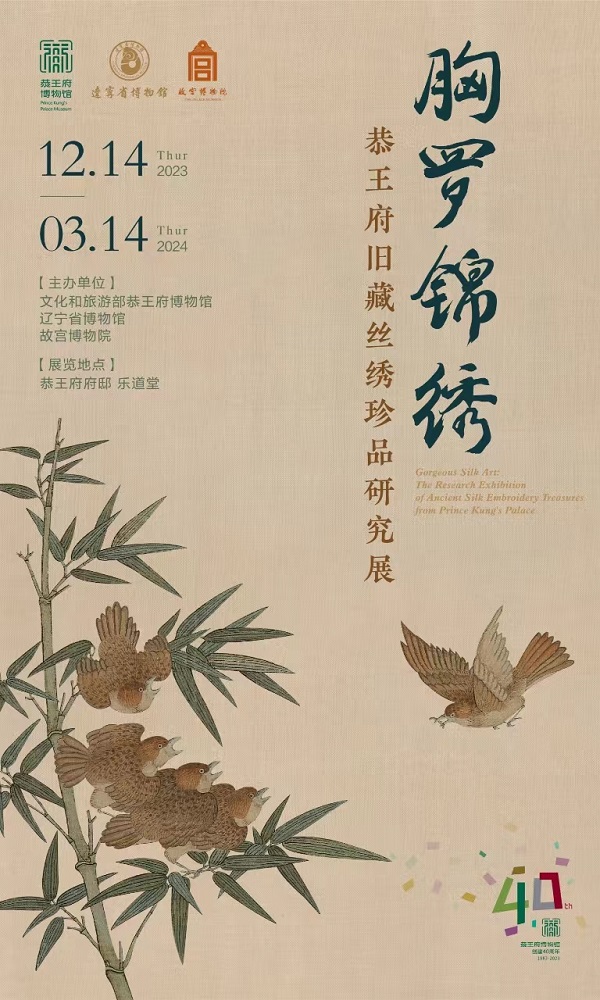
On Dec 14, 2023, 14 precious silk embroidery pieces from the former collection of Prince Kung's Palace returned to the palace for the first time in 110 years, being showcased in the "Exquisite Splendor - Research Exhibition of Silk Textile from the Former Collection of Prince Kung's Palace".
Prince Kung's Palace previously housed a considerable number of valuable calligraphy, paintings, rare books, and cultural relics, including the Consoling Letter (Pingfu tie) by Lu Ji (261-303), the Kusun (Bitter Sprouts) Manuscript by Huaisu (624-97), the Gaoshen (Self-Written Announcement of Office) Manuscript by Yan Zhenqing (709-84), the Night-Shining White by Han Gan (706-83), the Five-Colored Parakeet on a Blossoming Apricot Tree by Zhao Ji, Emperor Huizong (r. 1100-1126), and Ape Gathering by Yi Yuanji (act. 11th century). However, over the turbulent course of history, these treasures were gradually lost, with many scattered overseas.
In recent years, the museum has been dedicated to tracking down the palace's former collection. After extensive verification and coordination, with the assistance of Liaoning Provincial Museum and the Palace Museum, 14 pieces of silk and embroidery from the former collection of Prince Kung's Palace have been confirmed.
Based on this, the three museums have collaborated to hold this exhibition, showcasing old photos and precious documents, through which visitors can have a more comprehensive understanding of the entire process of the gathering, scattering, and return of the silk textile treasures of Prince Kung's Palace. Meanwhile, some of the personal collections of Zhu Qiqian (1872-1964) – one of the founders of the Society for the Study of Chinese Architecture – are being exhibited, exploring their connection with Prince Kung’s Palace. The hardships of identifying and protecting treasures throughout periods of turmoil and war are also revealed.
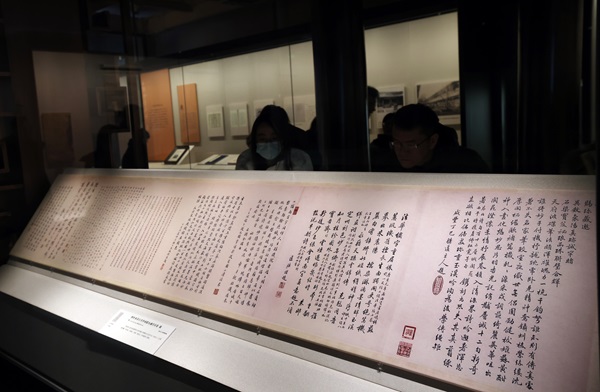
Feng Nai'en, director of the museum, shared the original intention of curating the exhibition, "The scattering of cultural relics of Prince Kung's Palace occurred under specific historical conditions. By combining offline exhibitions and online virtual displays that bring scattered relics back for a reunion, we aim to allow visitors to not only appreciate the artifacts but also savor the elegant lifestyle of the mansion in the past and experience elements of traditional Chinese culture."
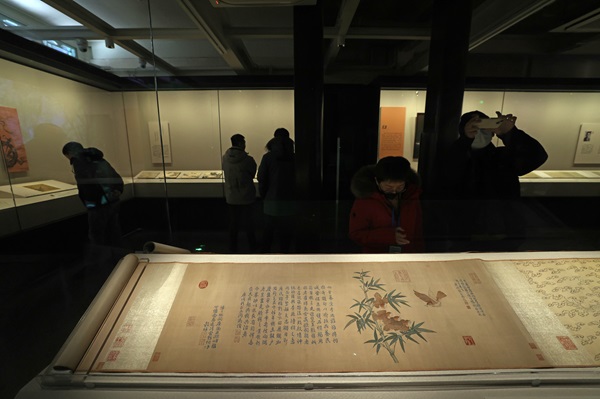
The exhibition consists of three sections. In the main hall of Ledao Hall, silk and embroidery pieces from the former collection of the palace are carefully displayed, accompanied by the repatriated red-glazed water-chestnut-shaped vase dating back to the Kangxi reign (r. 1662-1722) of the Qing Dynasty (1644-1911), and the doucai high-stemmed plates with intertwined lotus patterns and inscriptions of "Commissioned by the Owner of the Ledao Hall", an acquisition by the museum. In the other two sections, there are displays of 15 pieces of Zhu Qiqian's former collection of Song, Yuan (1271-1368), Ming (1368-1644) and Qing kesi and embroidery artworks now collected by the Liaoning Provincial Museum.
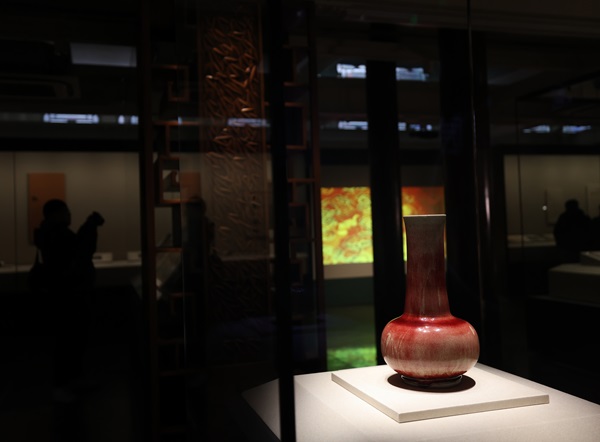
Ledao Hall boasts the first ancient building exhibition hall in the museum with a regulated temperature and humidity. The exhibition constructs a passage, where visitors can accomplish a parallel between ancient and present scenes through both visual presentation and imagination. It can be described as a "special restorative display" commemorating the 40th anniversary of the museum.
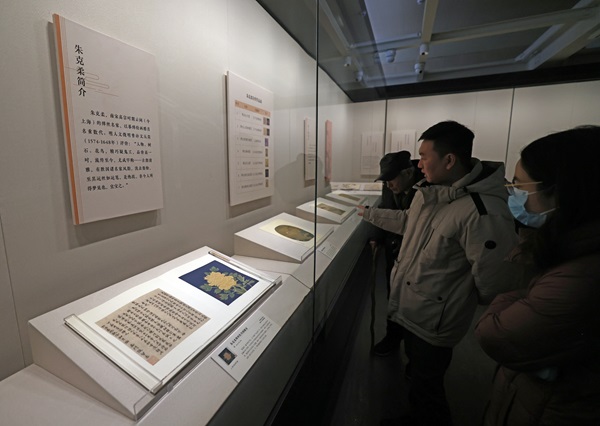
At its opening ceremony, Feng Nai'en, Zhang Li, deputy director of the Liaoning Provincial Museum, and Zhu Hongwen, deputy director of the Palace Museum delivered speeches, respectively.
Attending the ceremony and expressing their congratulations were Chen Chengjun, deputy director of the National Museum of China, Chen Xiaowen, deputy director of Prince Kung's Palace Museum, Yang Zhongyi, deputy secretary of the CPC Committee of Prince Kung's Palace Museum, Su Ning and Liu Huailin, deputy directors of Prince Kung's Palace Museum, and Zhu Yanqi, great-grandson of Zhu Qiqian. Wang Jing, deputy director of Prince Kung’s Palace Museum, presided over the ceremony.
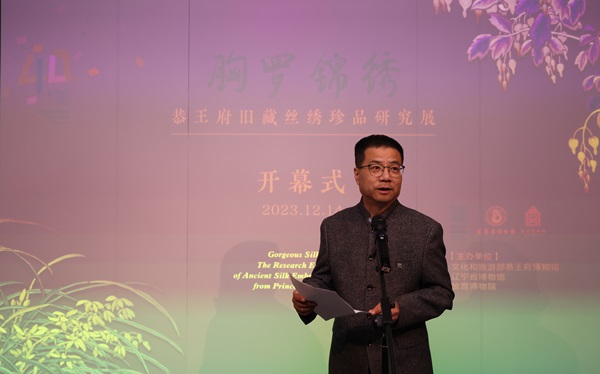
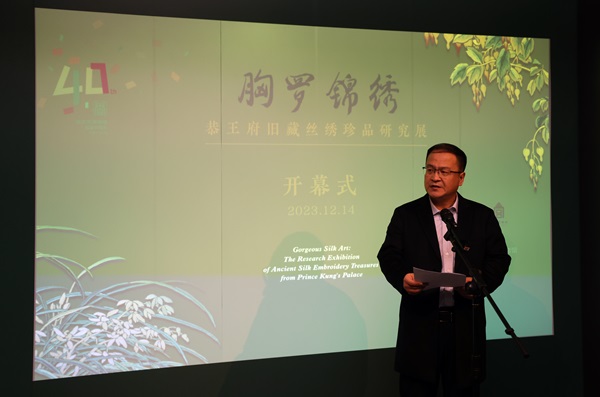
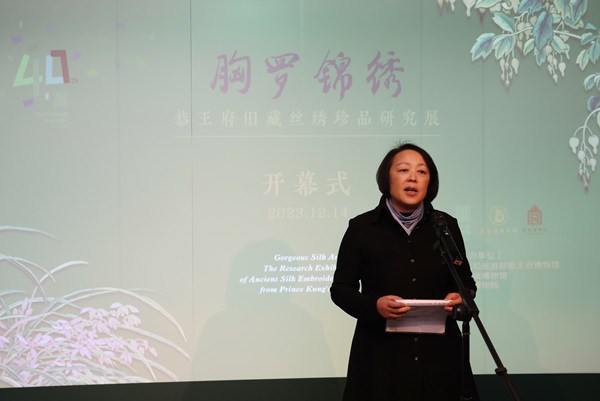
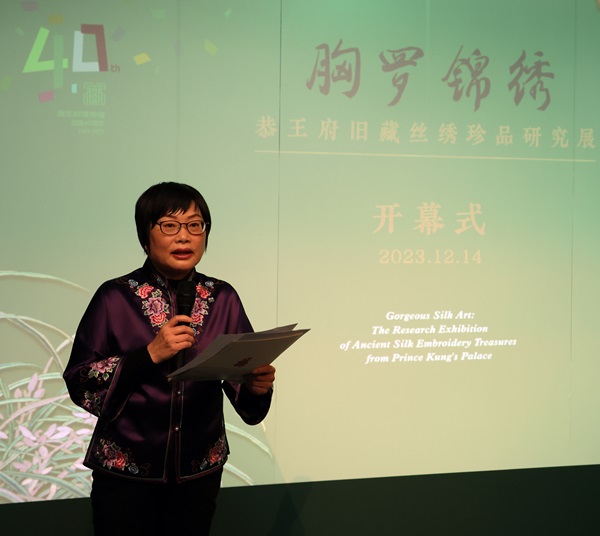
An exchange ceremony for the Framework Agreement on Cooperation between the Liaoning Provincial Museum and Prince Kung's Palace Museum was also held by the two sides before the ceremony.
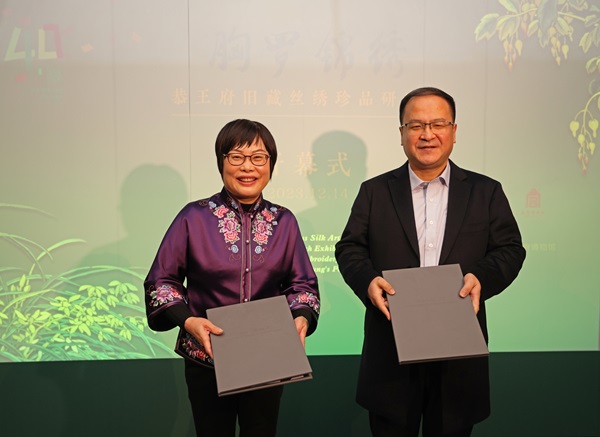
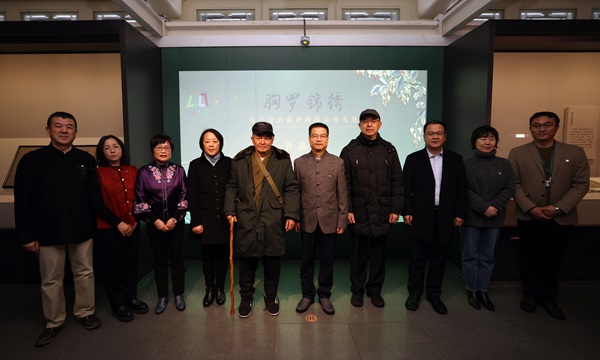
The exhibition will run until March 14, 2024.
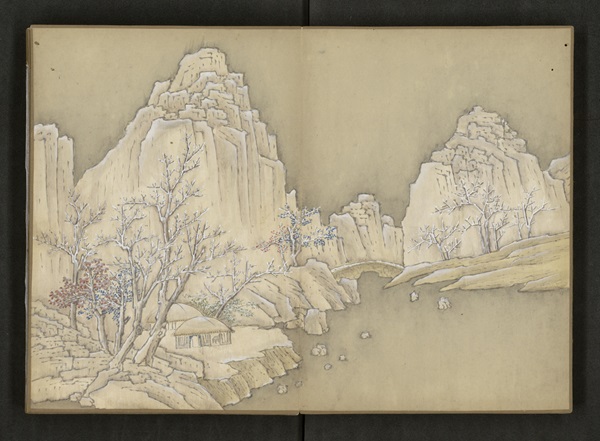
Velvet painting of a landscape, from the collection of the Palace Museum
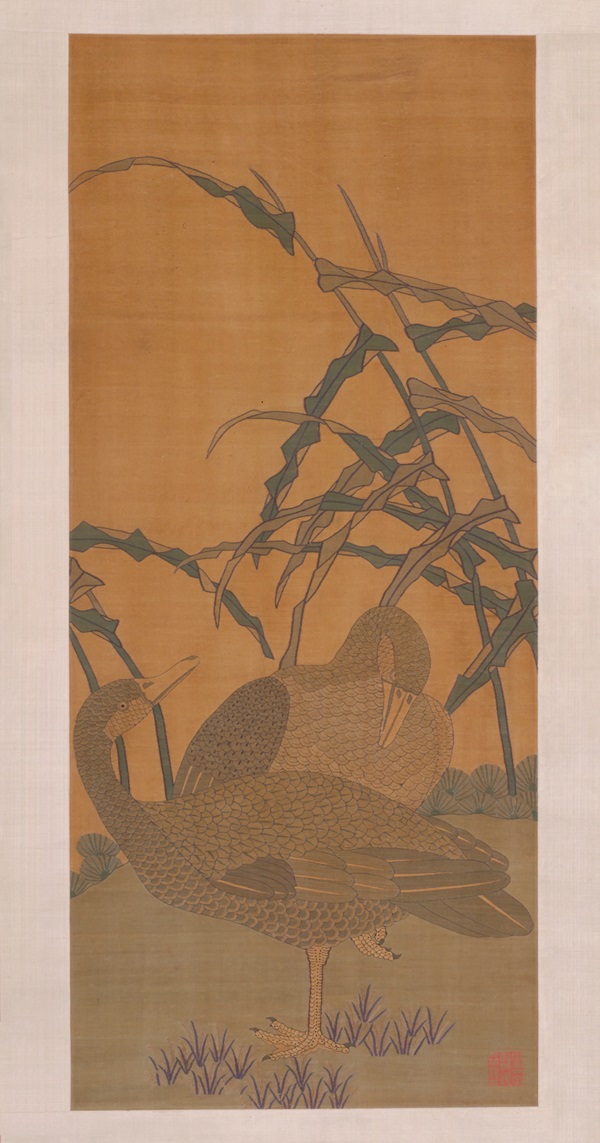
The kesi scroll of wild geese and reeds, from the collection of the Palace Museum
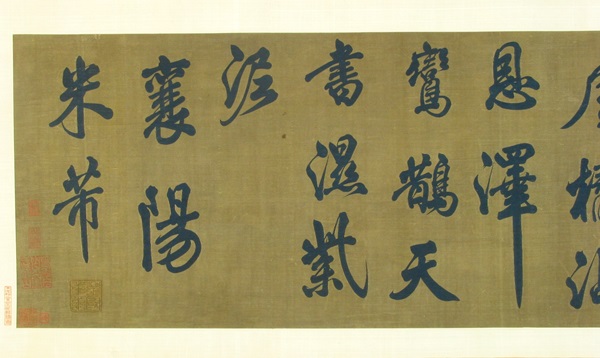
Semi-cursive script calligraphy by Mi Fu (1051-1107), from the collection of the Liaoning Provincial Museum
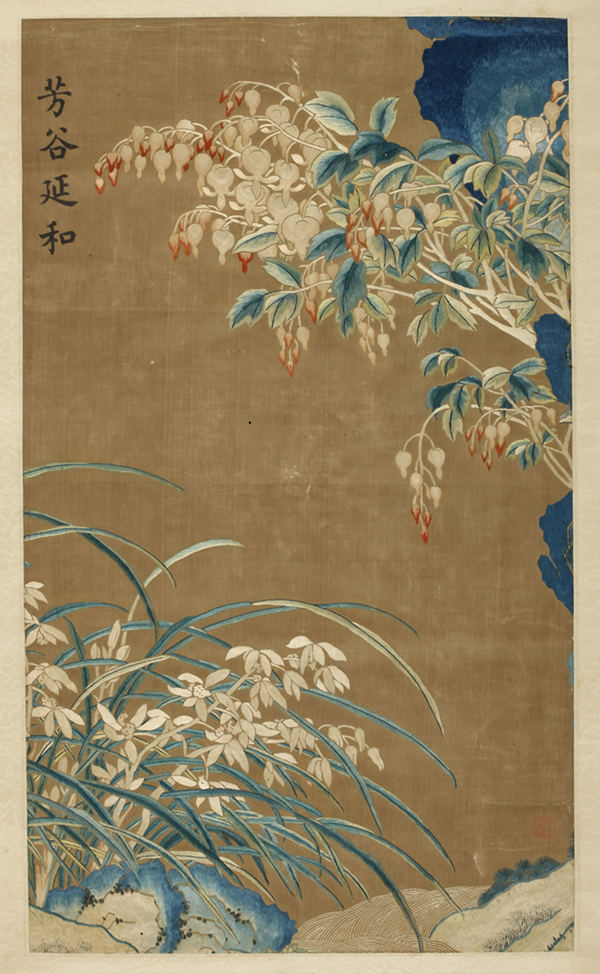
An embroidery scroll of flowers and plants, Qing Dynasty, from the collection of the Liaoning Provincial Museum
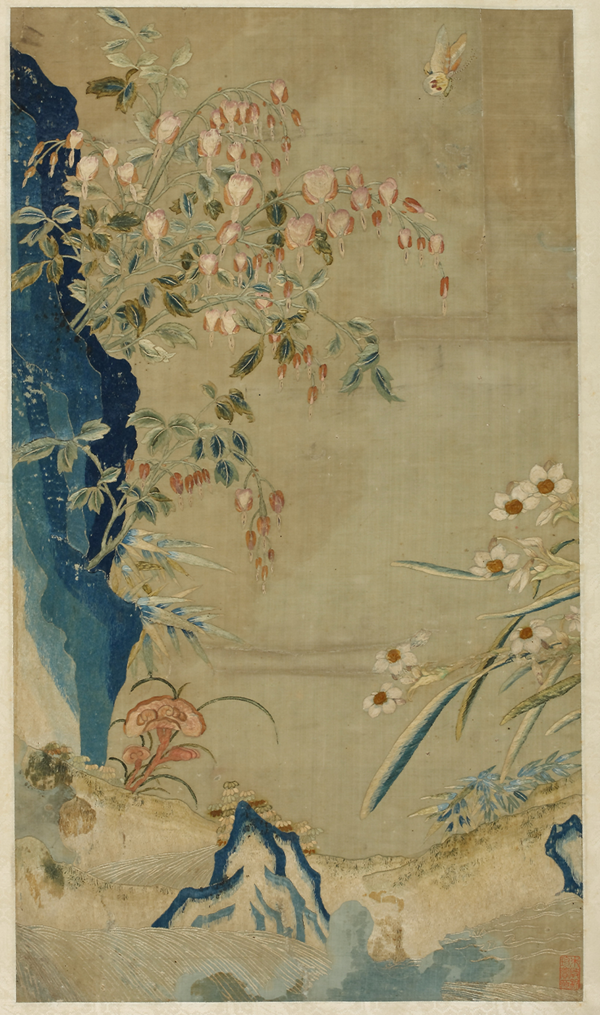
An embroidery scroll of flowers, Qing Dynasty, from the collection of the Liaoning Provincial Museum